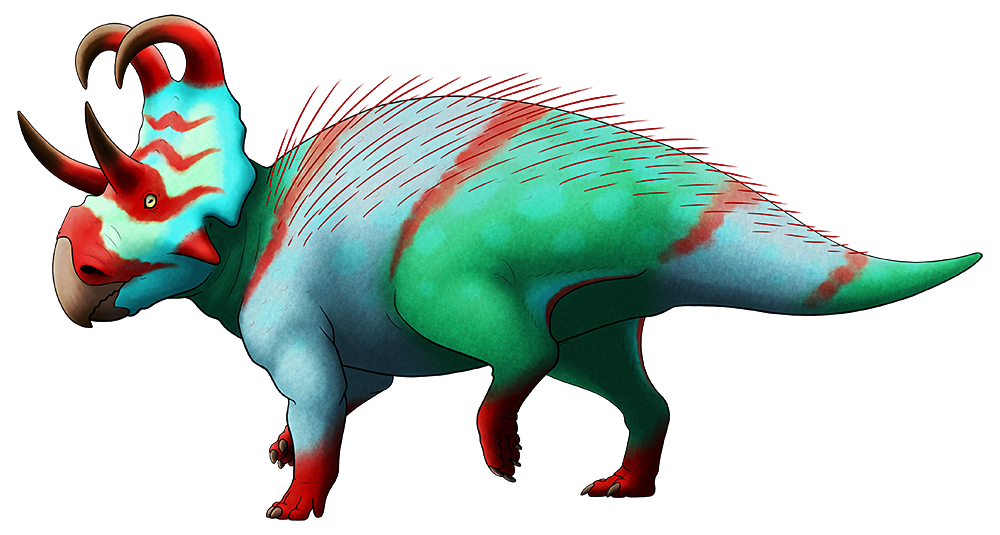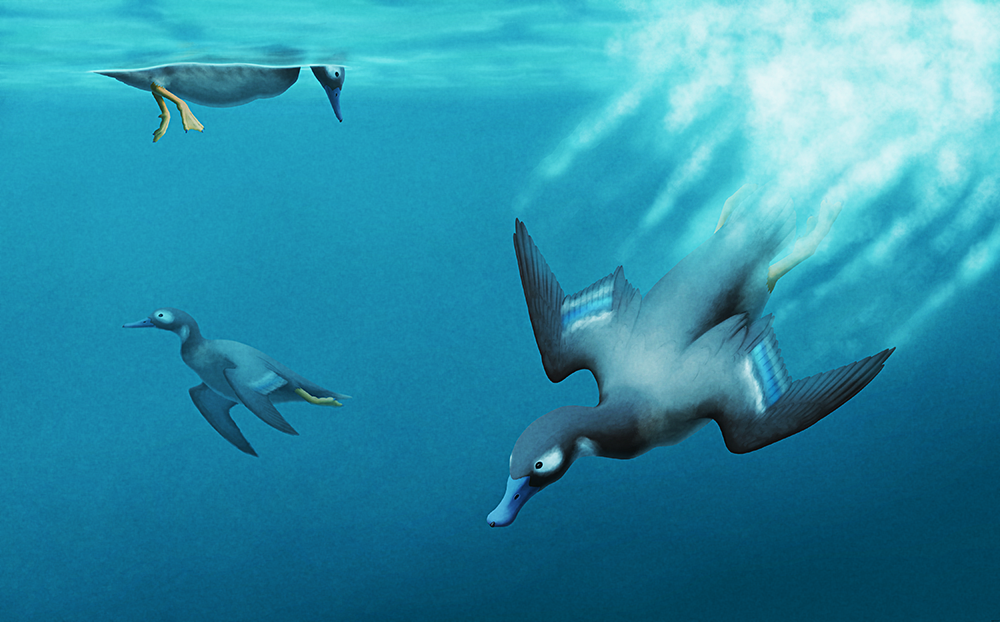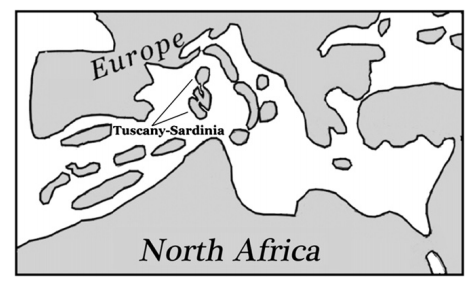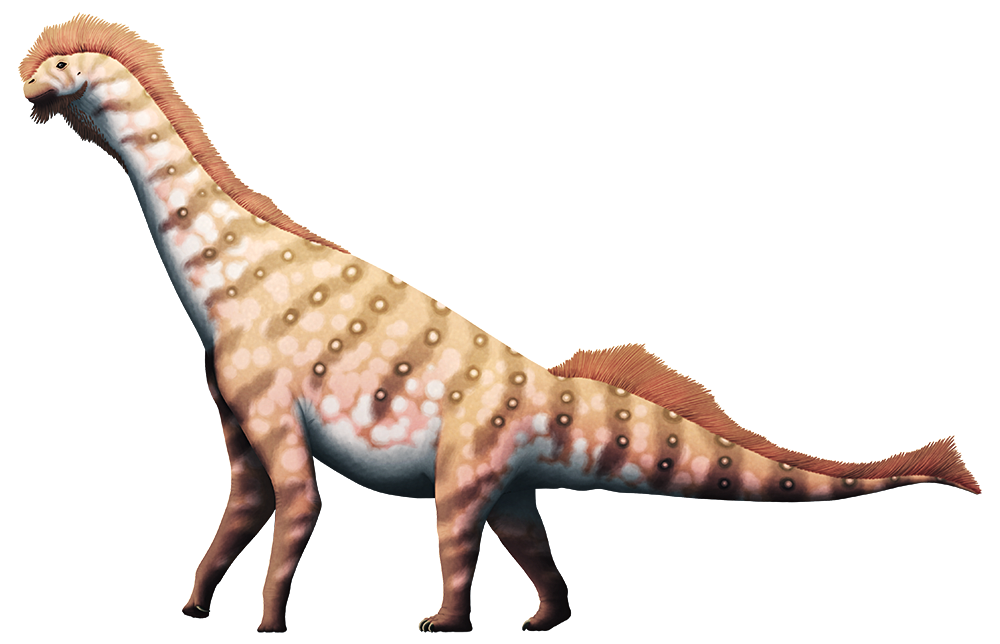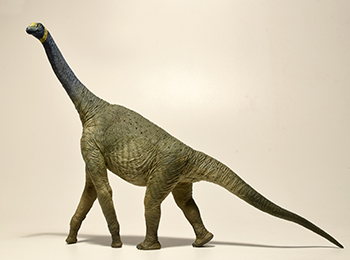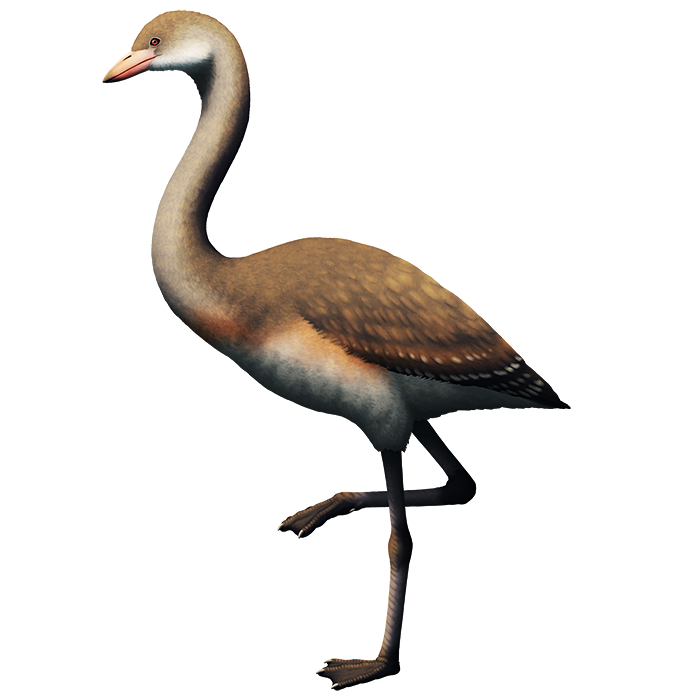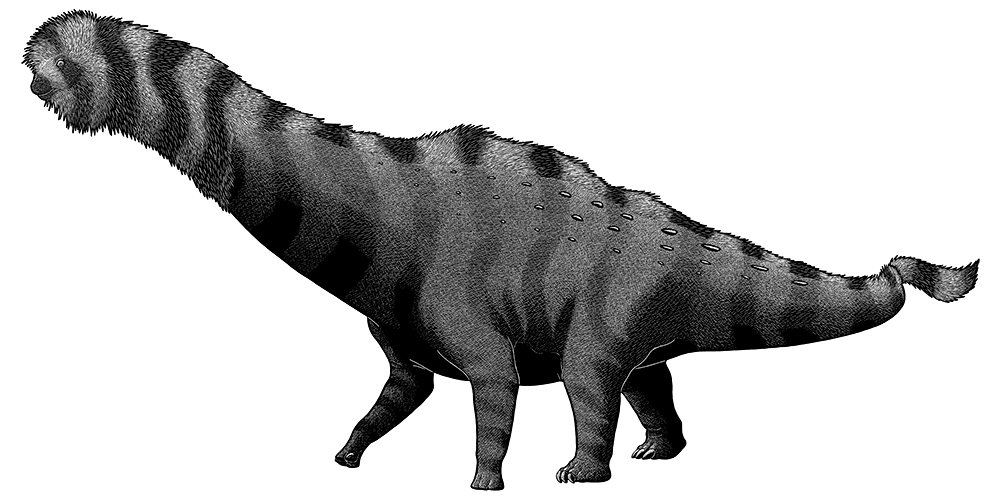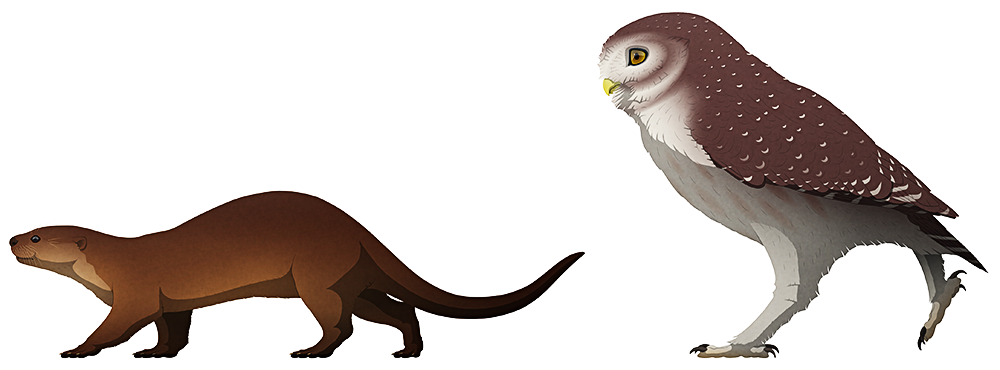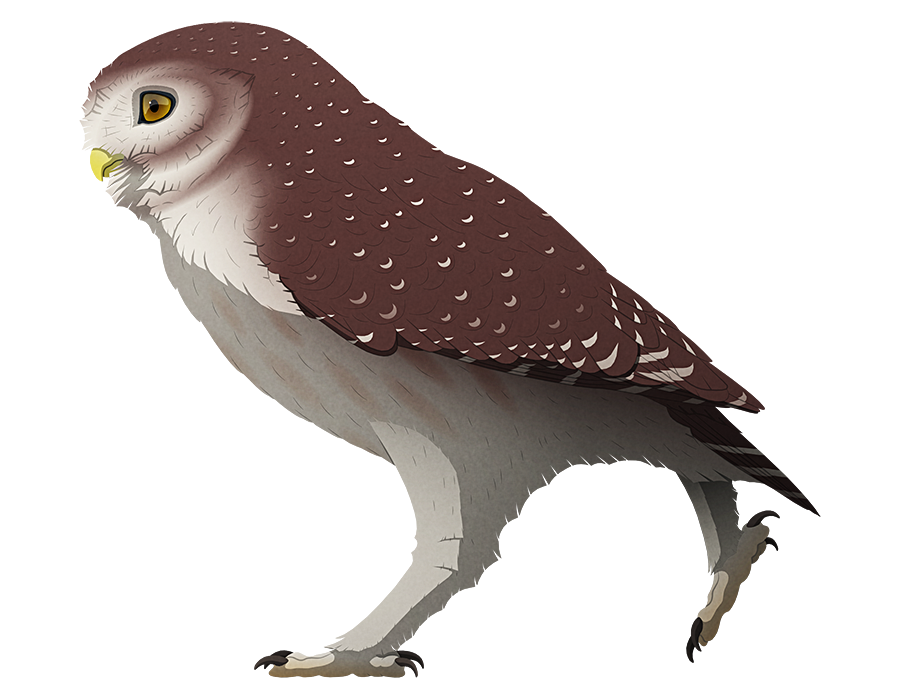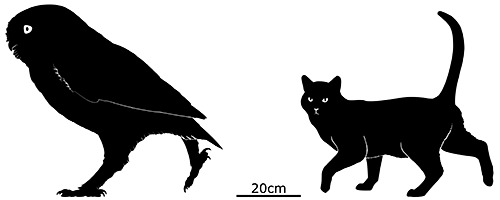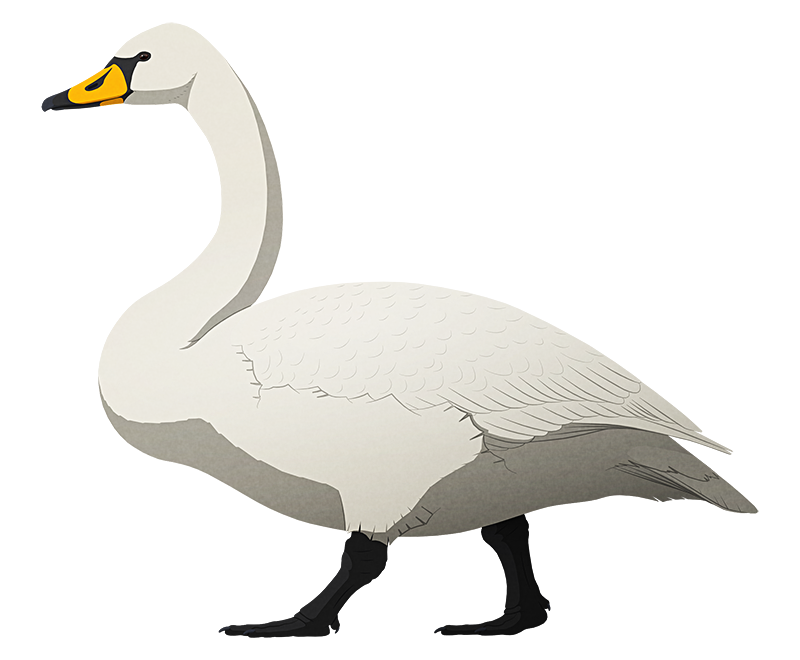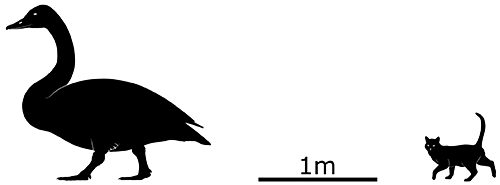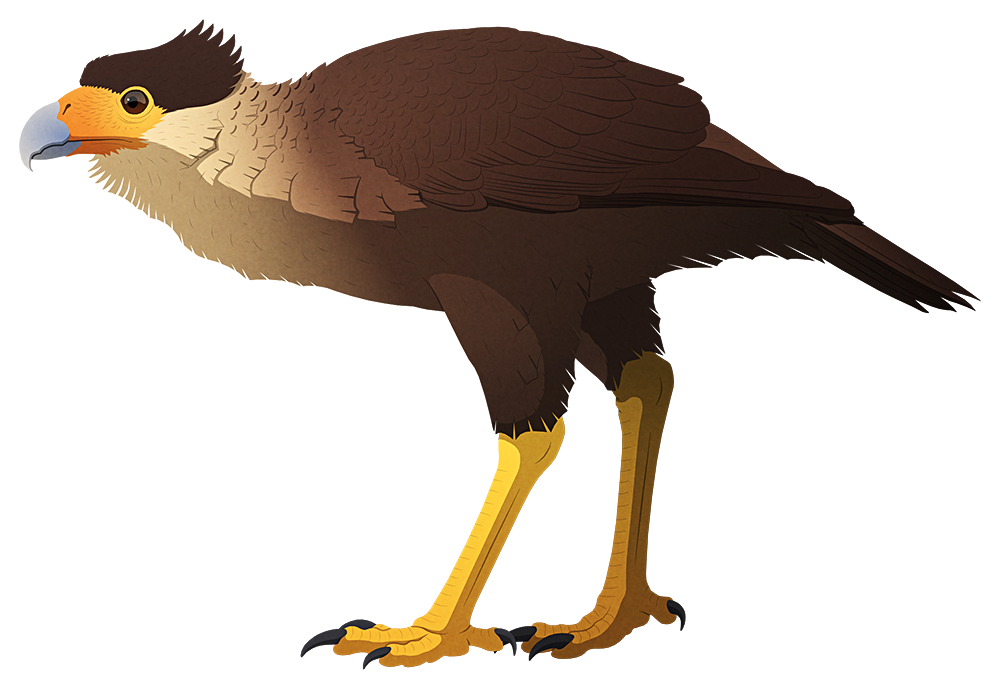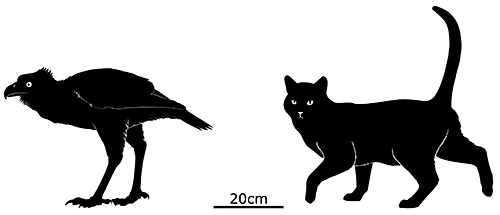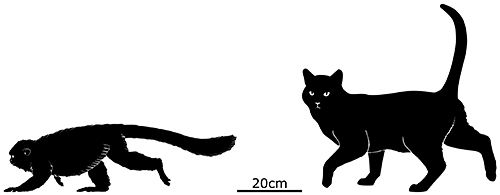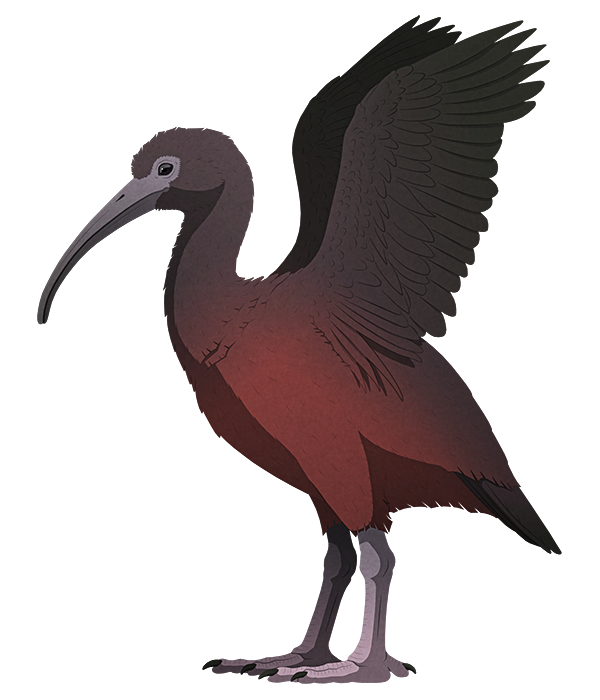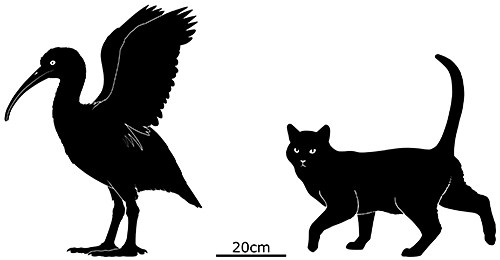We can’t go through this month without having an appearance from the most famous group of weird-headed dinosaurs: the ceratopsids!
Their distinctive-looking skulls were highly modified from those of their ancestors, with large bony frills extending from the back of their heads, various elaborate horns and spikes, enormous nasal cavities, large hooked beaks at the front of their snouts, and rows of slicing teeth further back.
And while typically depicted as purely herbivorous, ceratopsids’ powerful parrot-like beaks and lack of grinding teeth suggest they may actually have been somewhat more omnivorous – the Cretaceous equivalent of pigs – still feeding mainly on plant matter but also munching on carrion and opportunistically eating smaller animals when they got the chance.
Machairoceratops cronusi here lived during the late Cretaceous of Utah, USA, about 77 million years ago. Only one partial skull has ever been found belonging to an individual about 4.5m long (14’9″), but it wasn’t fully grown and so probably reached slightly larger sizes.
It had two long spikes at the top of its frill, similar to its close relative Diabloceratops but curving dramatically forward and downwards above its face. Whether they were purely for display or used in horn-locking shoving matches is unknown, but either way it was a unique arrangement compared to all other known ceratopsids.


